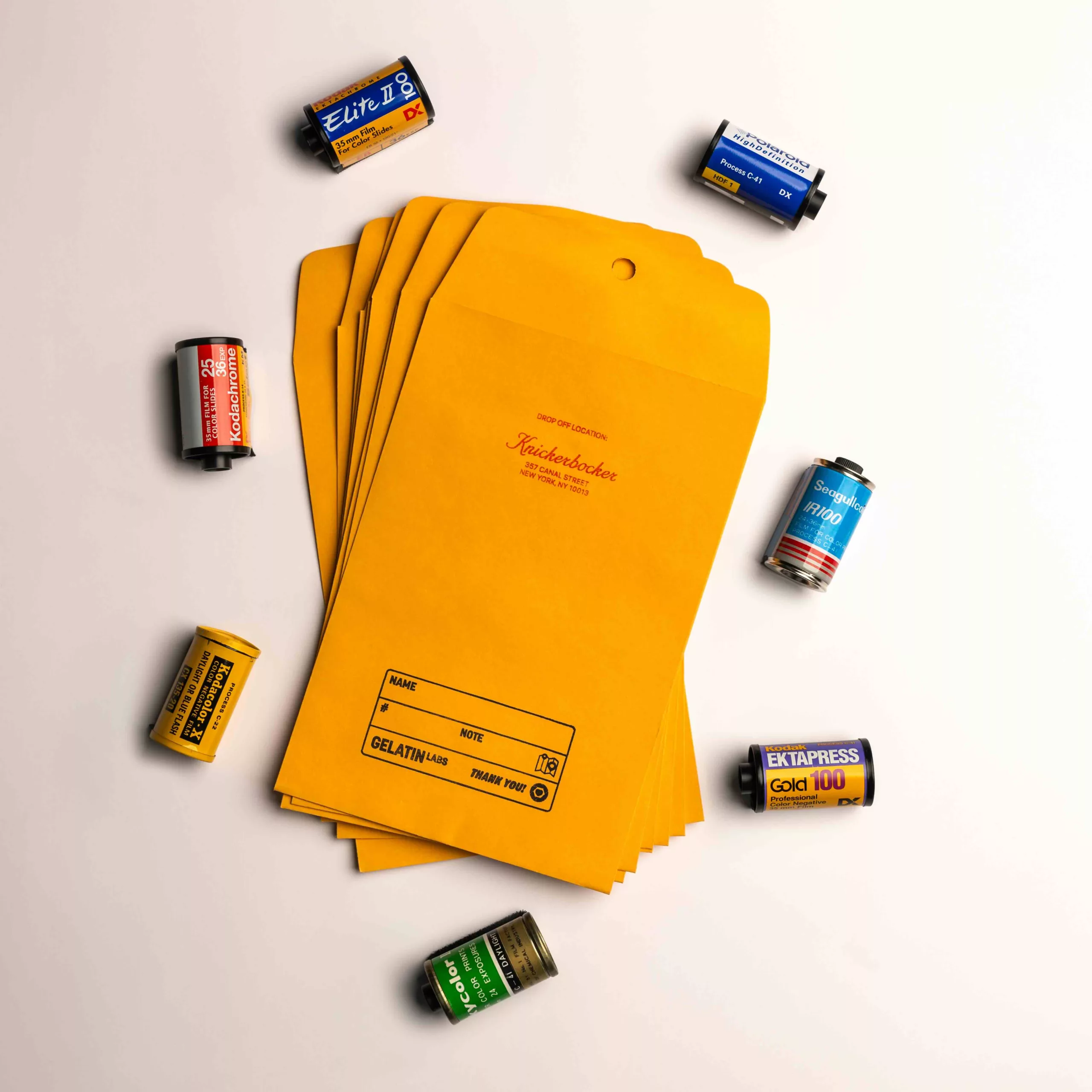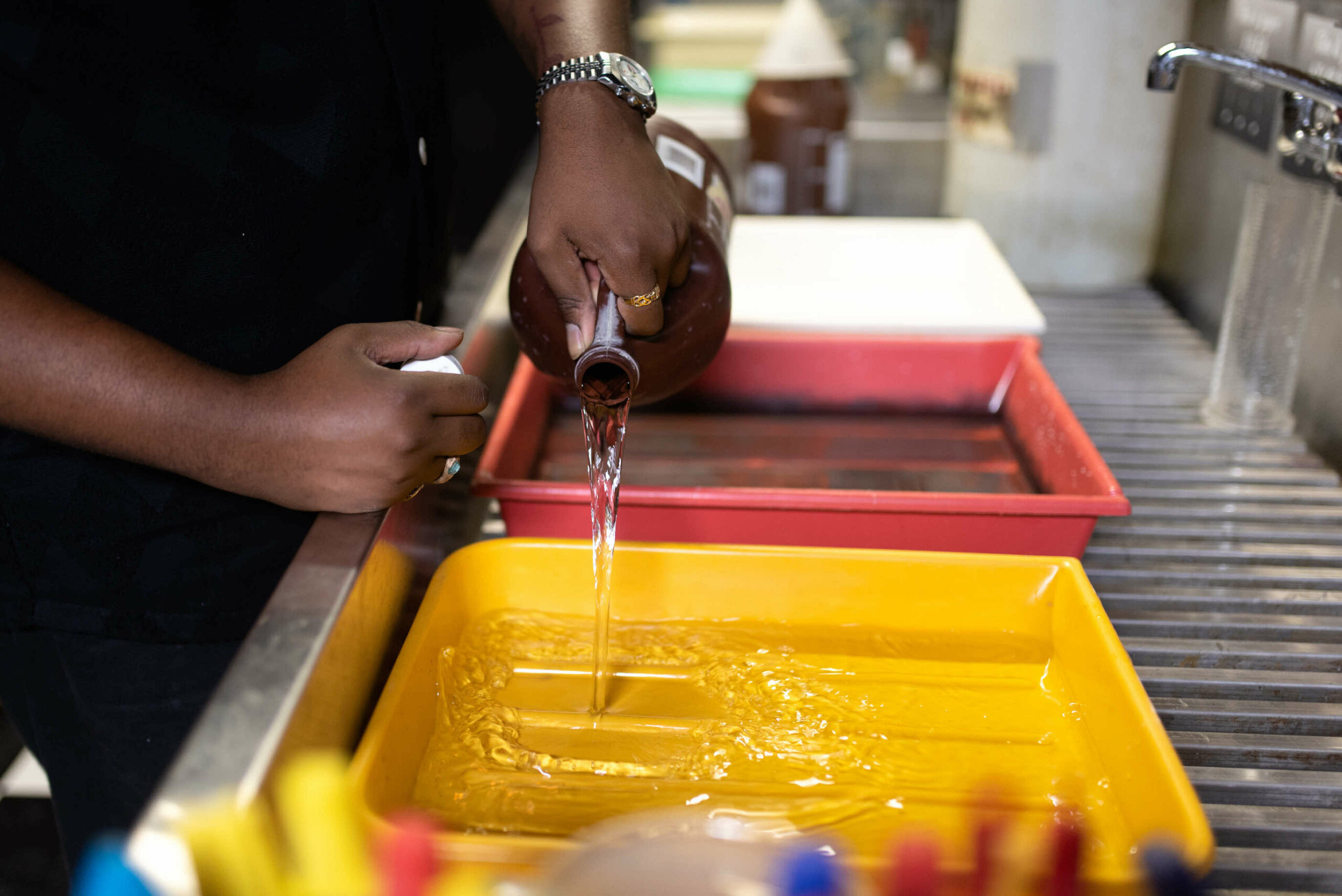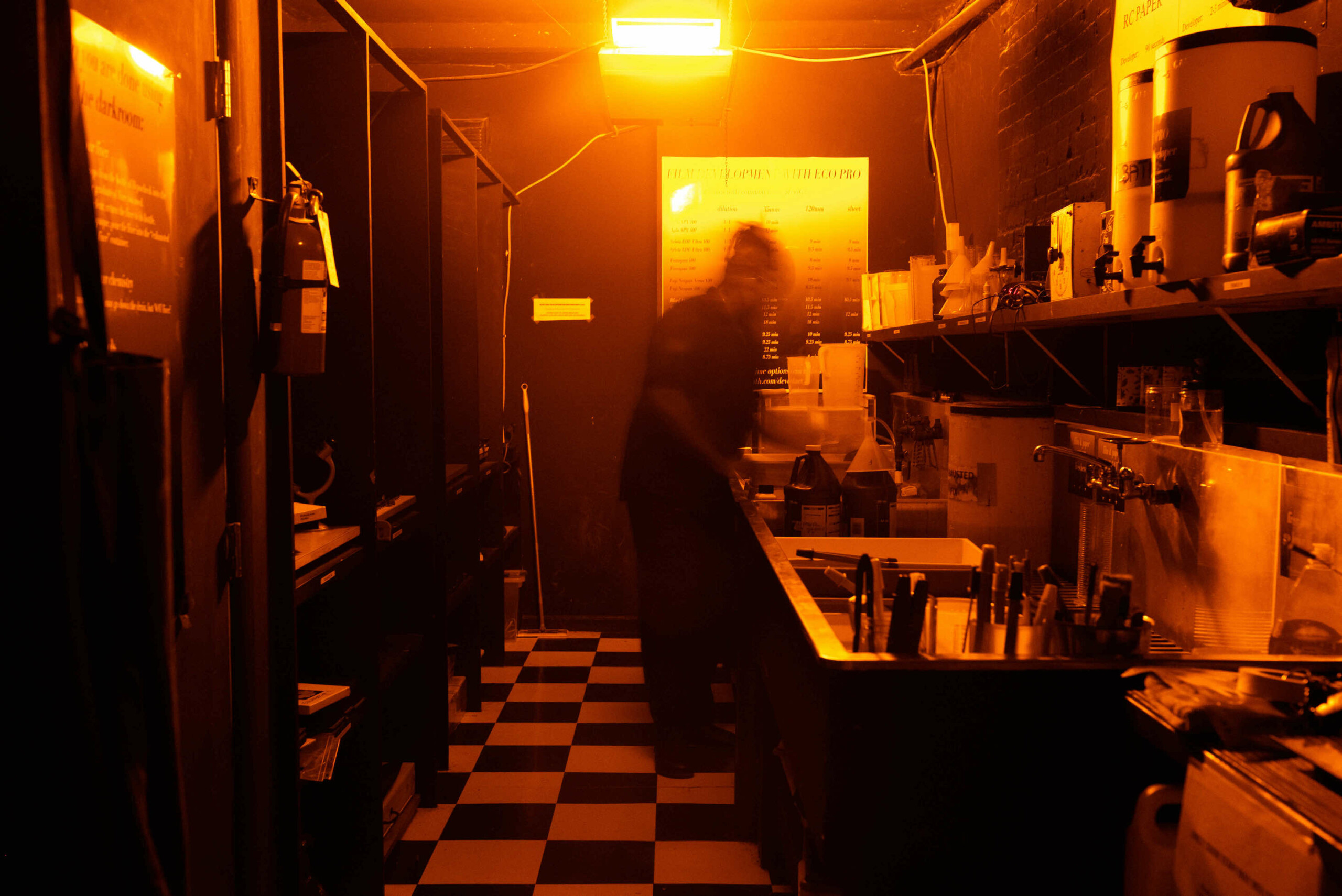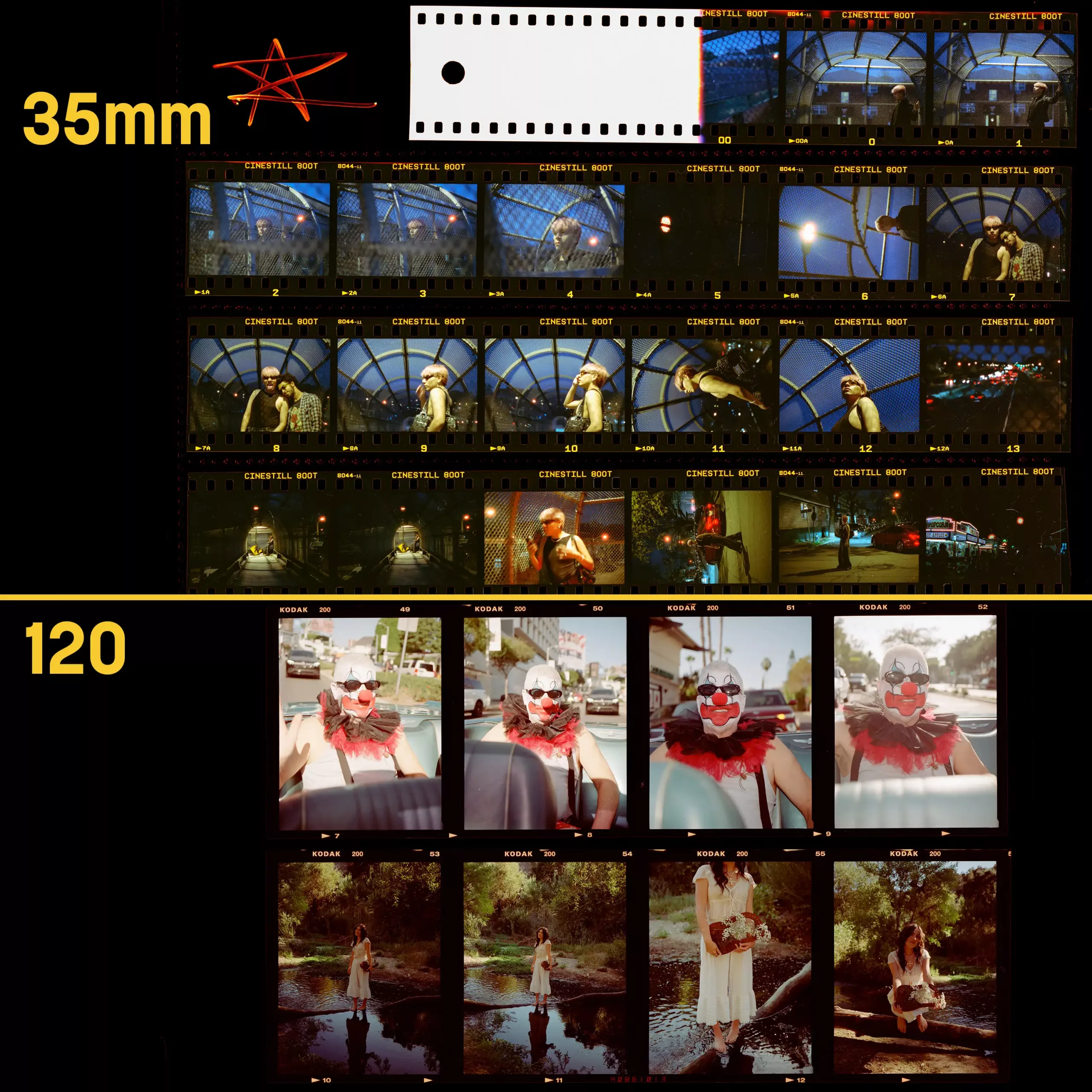Film development is the process of converting photographic film into a visible image that can be used for printing or digital archiving. The process involves several steps, including exposing the film to light, processing it in a darkroom or lab, and fixing it to prevent further exposure. While film development may seem like a relic of the past, it remains an important and essential part of photography for many professionals and enthusiasts.
What is Film Development?
Film development is the process of chemically processing photographic film to create a visible image. Film photography uses a light-sensitive emulsion to capture an image, which is then developed into a negative. This negative can be used to create prints, or it can be scanned into a digital format for further editing and sharing.
The process of fast film developing involves several steps. First, the film is loaded into a camera and exposed to light. Once the film is exposed, it is then processed in a darkroom or lab. During processing, the film is submerged in a series of chemical solutions that develop the image. Finally, the film is fixed to prevent further exposure to light.
Why is Film Development Important?
While digital photography has become the norm in recent years, film development remains an important part of photography for many professionals and enthusiasts. Here are some reasons why film development is still important:
Unique Look and Feel
Film photography offers a unique look and feel that cannot be replicated with digital photography. The grain, contrast, and tonality of film photographs can create a sense of nostalgia and authenticity that is difficult to achieve with digital images.
Creative Control
Film development allows for a greater degree of creative control than digital photography. With film, photographers must carefully consider their exposure and processing choices, which can lead to more intentional and deliberate images.
Archival Quality
Film has a long archival life and can last for decades if properly stored. This makes film photography an ideal choice for preserving memories and creating a physical record of events.
Learning the Craft
Film photography requires a greater degree of technical skill and knowledge than digital photography. Developing film and creating prints in a darkroom can be a rewarding and educational experience for photographers of all levels.
Conclusion
In conclusion, film development is an important and essential part of photography for many professionals and enthusiasts. The unique look and feel of film photography, as well as its archival quality and creative control, make it a valuable tool for capturing and preserving memories. While digital photography has its benefits, film development remains an important and relevant aspect of the photographic process.
Another benefit of fast film developing is that it can be a more affordable option for those who are just starting out in photography. While the initial cost of purchasing a film camera and film can be higher than buying a digital camera, the ongoing costs of film and processing can be lower than the cost of digital storage and editing software.

























